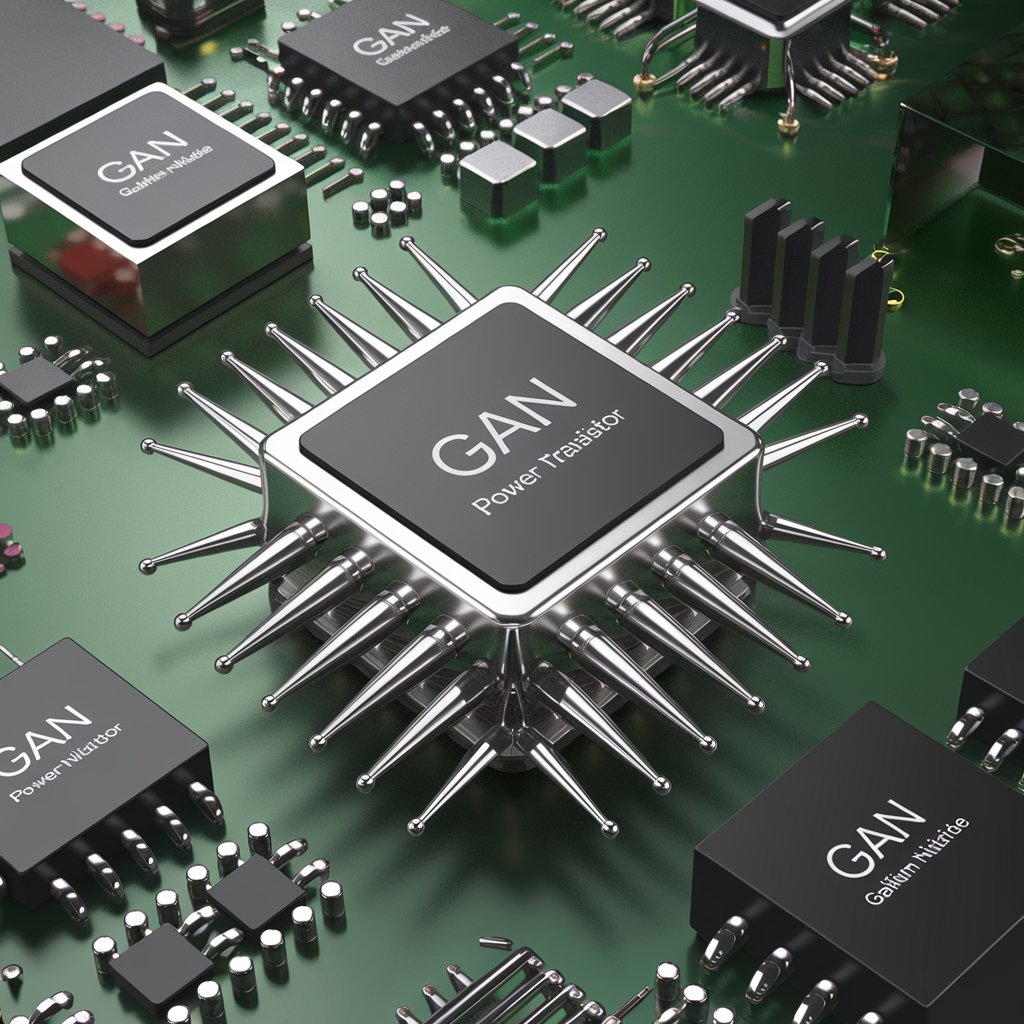Gallium Nitride (GaN) semiconductor devices are at the forefront of a technological revolution, poised to reshape industries ranging from consumer electronics to renewable energy. With their superior efficiency, high power density, and thermal performance, GaN devices are increasingly seen as the future of semiconductors. This article explores the trends, advancements, and potential applications that define the future of GaN semiconductor technology.
The GaN Semiconductor Device industry is expected to reach USD 28.3 billion by 2028 from USD 21.1 billion in 2023, at a CAGR of 6.1% during the 2023–2028 period. The major factors driving the market growth of the GaN semiconductor device market include rising application in energy & power industry and growing need for compact designs in various industries. Additionally, the ongoing technological advancements in GaN semiconductor devices provide growth opportunities to the market players.
1. Enhanced Efficiency and Performance
One of the most significant advantages of GaN semiconductors is their ability to operate at higher efficiencies than traditional silicon devices. GaN devices can handle higher voltages and switch faster, leading to improved performance in power conversion applications. As industries increasingly prioritize energy efficiency to reduce costs and meet sustainability goals, the demand for GaN devices is set to grow.
The high efficiency of GaN devices also translates to less heat generation, allowing for more compact designs. This is particularly crucial for applications like electric vehicles (EVs) and renewable energy systems, where size and weight are critical factors. As GaN technology continues to evolve, we can expect even greater performance enhancements, making it a go-to choice for next-generation power electronics.
2. Expanding Applications in Power Electronics
The future of GaN semiconductor devices is closely linked to their expanding applications in power electronics. As the demand for renewable energy sources and electric vehicles rises, GaN devices are being utilized in various power management systems, including inverters, converters, and charging stations.
In electric vehicles, GaN technology can improve the efficiency of on-board chargers and powertrains, enabling faster charging times and longer driving ranges. Similarly, in solar and wind energy systems, GaN devices can enhance the efficiency of inverters that convert DC power to AC, maximizing energy output. As industries continue to invest in renewable technologies, the role of GaN devices in these applications will only increase.
3. Role in 5G and Telecommunications
With the rollout of 5G technology, GaN semiconductors are becoming essential in telecommunications infrastructure. Their ability to deliver high-frequency signals with minimal loss makes them ideal for 5G base stations and RF power amplifiers. GaN devices can handle higher power levels, which is crucial for the dense network of antennas required for 5G connectivity.
As 5G networks expand globally, the demand for GaN-based components in mobile communication systems will surge. This trend presents a significant opportunity for manufacturers and developers focused on enhancing wireless communication technologies.
Download PDF Brochure @ https://www.marketsandmarkets.com/pdfdownloadNew.asp?id=698

4. Innovations in Manufacturing Processes
The future of GaN semiconductor devices is not only about their applications but also about advancements in manufacturing techniques. Companies are investing in new production methods that reduce costs and improve yields. Techniques such as wafer bonding and the development of monolithic GaN-on-silicon technologies are enabling more widespread adoption of GaN devices.
These innovations will make GaN technology more accessible to a broader range of applications, facilitating its integration into various sectors. As manufacturing processes improve, the cost of GaN devices is expected to decrease, making them a more attractive option compared to traditional silicon semiconductors.
5. Sustainability and Environmental Impact
As global awareness of environmental issues increases, the sustainability of semiconductor technologies is becoming a critical consideration. GaN devices contribute to energy efficiency and reduced carbon footprints in numerous applications, aligning with the growing emphasis on sustainable practices.
The inherent efficiency of GaN technology means that less energy is wasted during power conversion, leading to lower energy consumption in devices and systems. This makes GaN an appealing option for companies looking to enhance their sustainability efforts while meeting performance requirements.
6. Challenges and Market Outlook
Despite the promising future of GaN semiconductor devices, challenges remain. Issues such as material defects, reliability, and the need for further standardization in manufacturing processes could hinder widespread adoption. However, ongoing research and development efforts are focused on addressing these challenges, paving the way for broader implementation.
The global GaN semiconductor market is projected to grow significantly in the coming years, driven by increasing demand in various sectors, including automotive, telecommunications, and consumer electronics. As manufacturers and researchers continue to push the boundaries of GaN technology, we can expect to see innovative solutions that will revolutionize the way we interact with electronic devices.
The future of GaN semiconductor devices is bright, characterized by enhanced efficiency, expanded applications, and ongoing innovations in manufacturing. As industries shift towards more sustainable and efficient technologies, GaN will play a pivotal role in shaping the next generation of power electronics and telecommunications. With continued investment and research, GaN semiconductors are set to become a cornerstone of modern electronics, revolutionizing how we power our world.
The report profiles key players such as Wolfspeed, Inc. (US), Qorvo, Inc. (US), MACOM Technology Solutions Holdings, Inc. (US), Infineon Technologies AG (Germany), Sumitomo Electric Industries, Ltd. (Japan), Mitsubishi Electric Group (Japan), NexGen Power Systems. (US), GaN Systems (Canada), Efficient Power Conversion Corporation (US), Odyssey Semiconductor Technologies, Inc. (US), ROHM Co., Ltd. (Japan), STMicroelectronics N.V. (Switzerland), and NXP Semiconductors N.V. (Netherlands).
